Wave of railway and bus station's workers leave for minimum wage
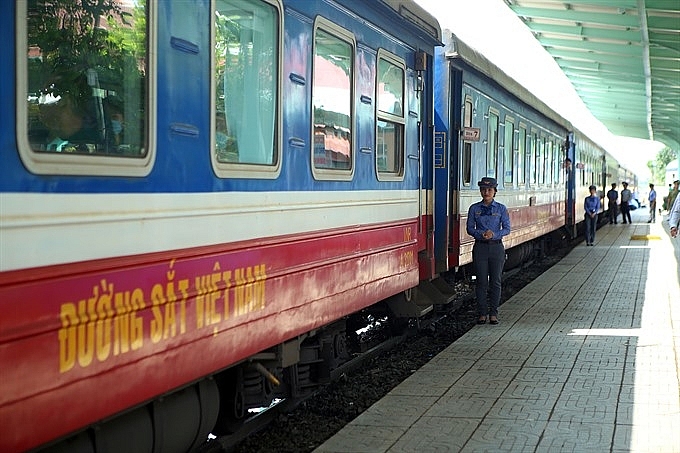 |
| Railway workers prepare to pick up passengers at Hanoi Railway Station. Low wages lead many workers to leave the railway industry. |
Such low wages are prompting a wave of workers to leave the railway industry.
Giap Bat level crossing guard team chief, Nguyen Dao Viet Phuong, told the Thanh Nien (Young People) newspaper that his main responsibility was to pull out the barriers whenever a train passed by, which might sound simple but in reality was very tiring and even dangerous.
His work was not easy, and he had to endure cursing or threats from road users who were frustrated by the barriers. Drugs addicts were also common at night for Phuong and his colleagues – most of whom were women.
The low wage did not help, apparently.
Phuong said that about 40 per cent of the 110 train guards at the Giap Bat level crossing station were immigrants to Hanoi and could only afford life in the big city by saving as much as they could. There was little they could send back home to their family.
“Perhaps it was the reason why 10 decided to quit last year. Most of them were young people who had worked here from between two and seven years,” he said.
Wage rise
According to Vietnam Railways (VR), 508 train workers in the rail infrastructure management sector, including the train guards, dropped out of work over the first nine months of 2017. It also noted difficulty in recruiting new people to fill the vacancies.
VR said that the average monthly income of a train guard reached about VNĐ5.2 million ($236), while a rail patrolman and a rail track maintenance worker would receive VNĐ6 million and VNĐ6.7 million ($304), respectively.
Once the king of transportation of Vietnam, the railways have been crushed by the rapid rise of land and aviation transportation, leaving the stagnant State-owned industry struggled with fierce competition to draw in passengers, and to raise the standard salary for their workers, currently standing at 26,292 people.
The two biggest subsidiary companies of the VR, Saigon Railways and Hanoi Railways, weakly tried to renovate their services to little avail as both their revenues and profits kept falling year after year.
In a recent plan proposed to the Ministry of Transport last year, VR asked to increase the salary of the rail workers. Accordingly, a train conductor will earn about VNĐ7.95 million a month while a rail track patrolman can receive at least VNĐ342,000 ($15.5) for a working day.
VR Member Council Chairman Vu Anh Minh said that some companies sustained losses last year, but VR has high hopes of breaking even in 2018.
“The foremost goal is to adjust the salary for the workers. But of course, it can only be done when revenue and profit are increased,” he said.
Labour cuts
While a salary hike still remains a myth, train workers might face layoffs as VR seeks a reform in management structure by merging the Saigon and Hanoi Railways.
In a proposal to the transport ministry in mid-2017, VR explained the combination was to eliminate the competition between the two rail hubs, which caused losses to both sides.
The merge, however, was expected to put some 40 per cent of the workers, or around 2,800 people, into redundancy.
Transport deputy minister Nguyen Ngoc Dong said that the railway industry in Việt Nam still needs manual workers as the current rail track infrastructure cannot be fully automated.
“We are considering automatic barriers to replace simple jobs like train guards and similar moves should be taken with other manual positions,” he said.
What the stars mean:
★ Poor ★ ★ Promising ★★★ Good ★★★★ Very good ★★★★★ Exceptional
 Tag:
Tag:
Related Contents
Latest News
More News
- Vietnamese community in India stays united, contributes to homeland (April 15, 2024 | 11:42)
- Dien Bien Phu Victory celebrated in France (April 15, 2024 | 11:37)
- Vietnamese Embassy in Israel issues warning amid escalating tension (April 15, 2024 | 08:00)
- ADB forecasts 6 per cent growth for Vietnam (April 12, 2024 | 17:17)
- SCB, Van Thinh Phat execs convicted of embezzlement; Truong My Lan sentenced to death (April 12, 2024 | 09:59)
- Finnish kindergarten opens in Hanoi (April 12, 2024 | 09:50)
- Over 746 tonnes of rice allocated to Dien Bien, Bac Kan provinces in between-crop period (April 12, 2024 | 08:54)
- Truong My Lan sentenced to death in major bank fraud case (April 12, 2024 | 08:49)
- Netflix ordered to stop distributing unauthorised games in Vietnam (April 11, 2024 | 17:06)
- Deputy PM highlights incentive policies for rooftop solar power installation (April 11, 2024 | 17:03)



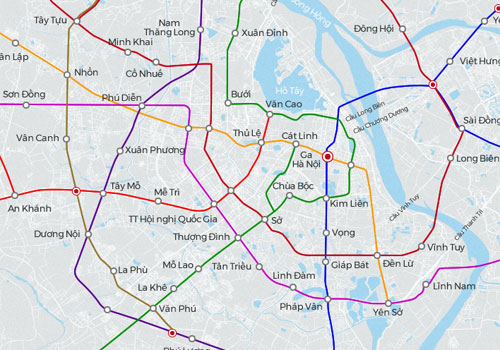
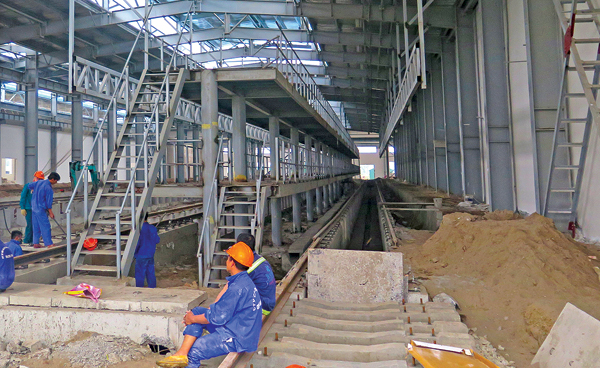





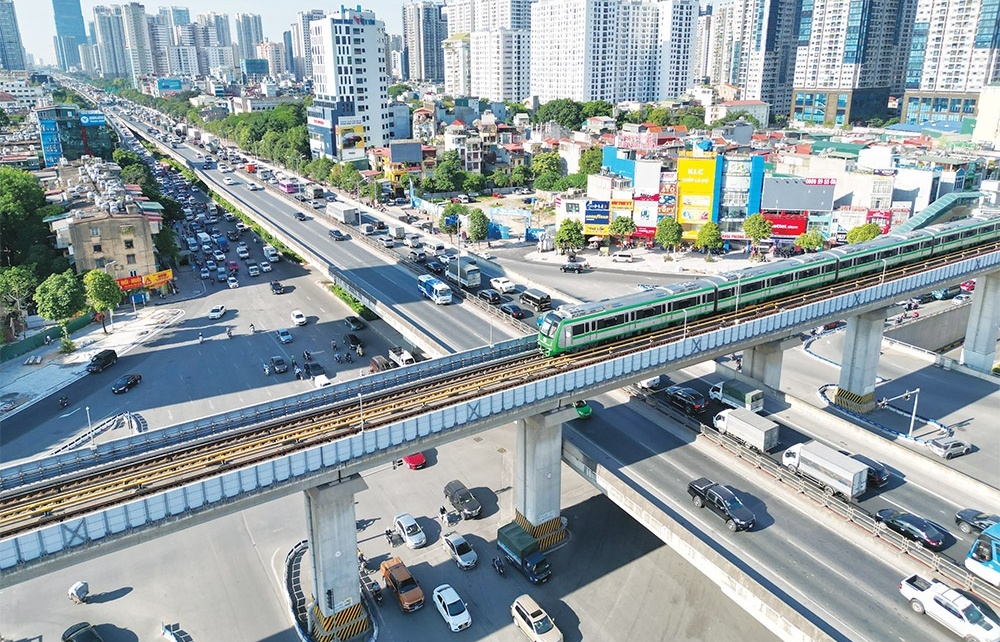





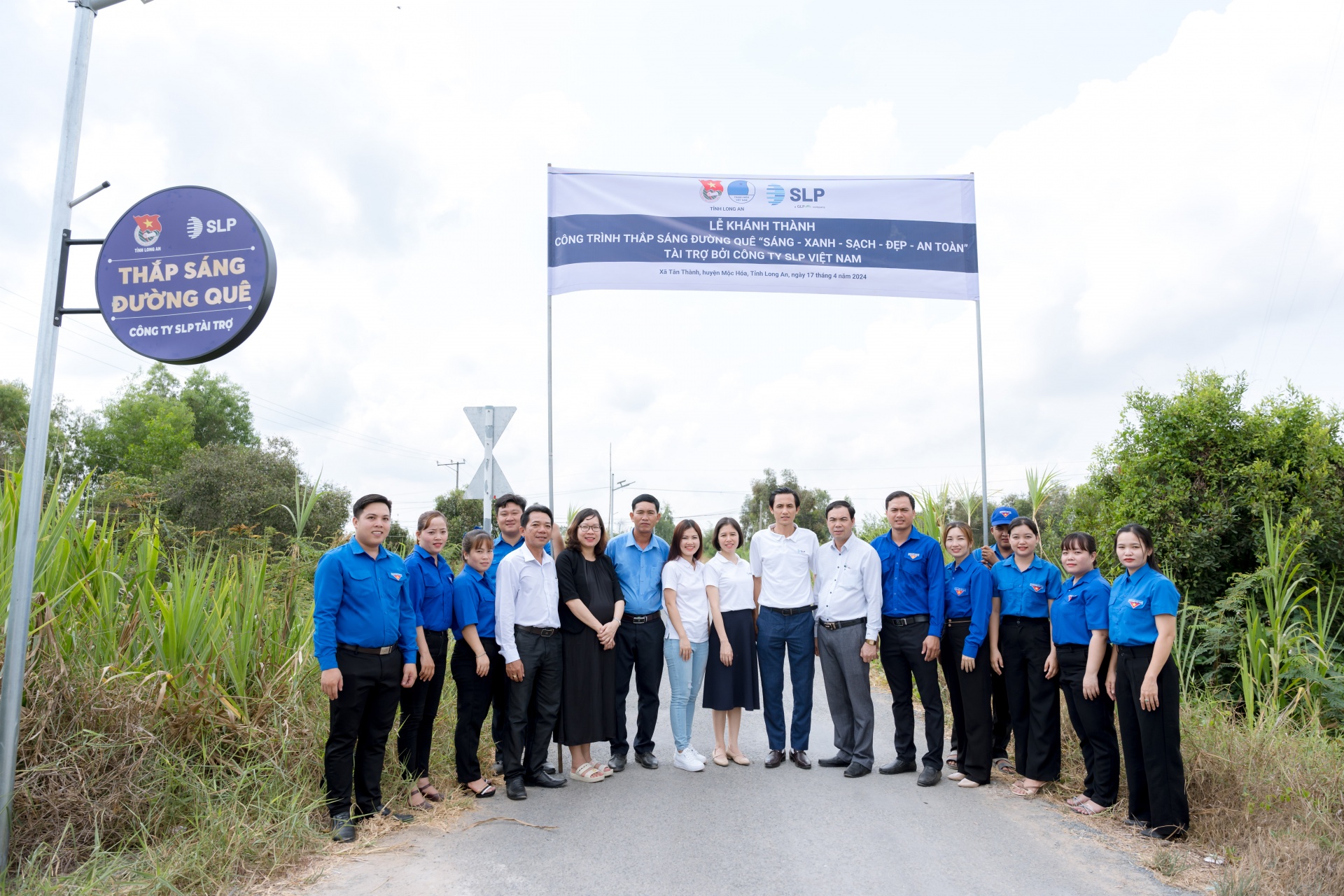











 Mobile Version
Mobile Version